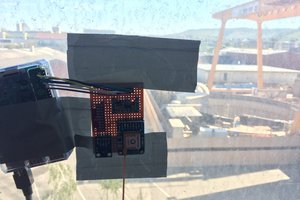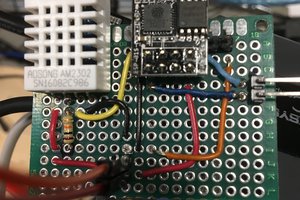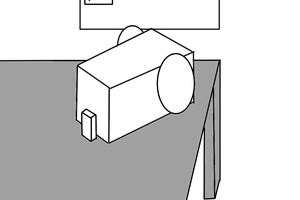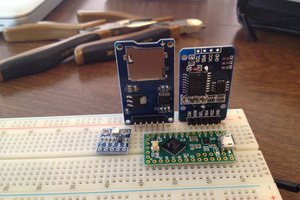The problem:
Currently, remote continuous environmental data gathering has been scoped to very few organizations or companies with large budgets and staff, and sometimes ulterior motives. It is my thought, that bringing these abilities to more individuals and organizations will enhance our ability as a whole to analyze and monitor our impact on the environmental conditions around us. Project Apollo will attempt to leverage Open Source tools to provide an inexpensive and easy to replicate system that will allow anybody from a Land-Owner, curious about the stream that runs on his property, to a School or University, or even a small start-up Company or Hacker Space, to set up and build their own internet connected environmental monitoring system.
How do we bring this kind of tech to the masses?
Project Apollo aims to use easily obtainable parts, such as Raspberry Pi's, powerful micro-controllers, cellular and satellite modems, Solar panels, and some open source, reproducible PCB's, Hardware and code, to create a solution that solves many of the difficulties of remote internet connected environmental monitoring.
Some specific examples are as follows:
- Gathering data in a reliable fashion - Project Apollo will include wireless, low power, highly flexible sensor nodes that can accept data from custom built or off the shelf environmental sensors, and forward that data to a nearby 'Base station', for posting to the internet via cell, satellite, or possibly even amateur radio.
- Self sufficiency - The system will be able to provide continuous power for itself through alternative means, such as solar and rechargeable batteries or other sources, enabling it to be deployed in a remote location, disconnected from the grid, thereby alleviating the need for time consuming and labor intensive periodic site visits.
- Data Aggregation and Management - Having a simple reliable protocol, tested and proven wireless technology, and easy to use and understand WEB back-end for data aggregation and sensor management are key to this system. Project Apollo aims to create a simple back-end that can be deployed on its own, on a small home server, or used as a model to create a larger, more comprehensive API and Data Center in the future.
- Data Traceability - We hope to be able to provide some measure of confidence through calibration, self monitoring, and authentication and encryption, thereby allowing those who use the system to have a degree of confidence in the data they are gathering. GPS, timing, system health, and other data will also be gathered by the base station and nodes to aid in sorting, tracking, and categorizing the data gathered by any deployed sensor node networks.
- Continuous Round the clock Data Gathering - Currently, without using an expensive proprietary system, environmental data collection typically involves many man hours of work, requiring somebody to go to the remote site and collect samples, check instruments etc. This results in large windows of time where the actual conditions of a particular site may be completely unknown, causing gaps in coverage and requiring assumptions to be made to deduce true conditions. Having round the clock data enhances the ability to determine actual conditions.
 x3n0x
x3n0x

 hornig
hornig
 Peter
Peter
 minifig404
minifig404
Note to all who are following or have liked this project: Thank you very much! Sadly, life has a habit of getting in the way of things you want to do sometimes, so I have currently shelved this project, but if there is sufficient interest, I will revive it! I am looking for some participants who would like to contribute to its development, as the local guys who said they wanted to work on it, kinda bailed on me. If you are interested, please let me know!